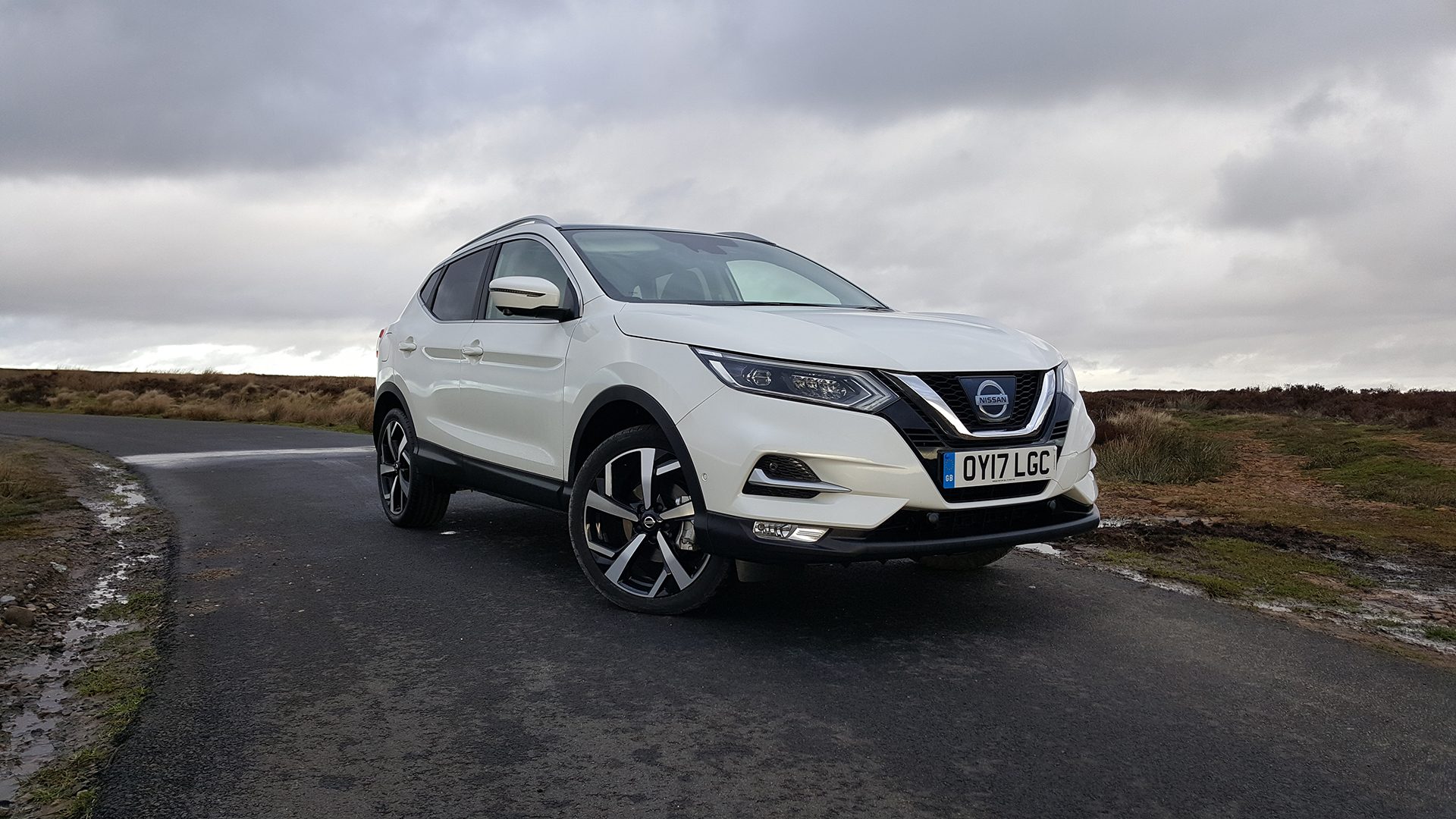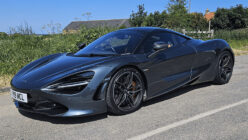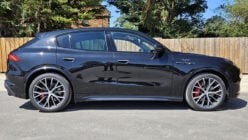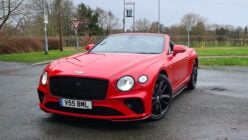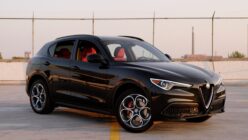Crossovers. These days, they’re a license to print money. Get a family car, put a couple of inches in the roofline, lift it up by a couple more inches, profit.
Customers get a roomy car that doesn’t take up much space and drives mostly like a normal car. Manufacturers don’t have to spend much on development. Dealers don’t need to spend more on training staff to service or sell them. They don’t clog up the roads like giant SUVs, or guzzle loads of fuel. It’s almost the best idea ever.
In fact they’re so popular right now that C-segment crossovers alone are the largest single market sector in Europe, and there’s more than 20 different types.
This week, we’ve been driving the car that kickstarted it all: Nissan’s Qashqai.
Qua… Qa… who what?
For our US readers: Rogue Sport. For our European readers: Oh come on, it’s been on sale here for a decade and Nissan is selling nearly half a million of them every year. Qashqai, pronounced “Kash-Kai”.
It’s not too much of a stretch to say it, but the Qashqai is the car that saved — or at least made — Nissan. At the time it came out in 2007, Nissan’s range was boring with a capital Z. In fact the Z – 350Z – was the only interesting car it made. There was a boring Micra, a really boring Almera (Sunny… Pulsar, whatever) and honestly if it made anything else we’ve forgotten it already. Actually, there was an X-Trail that was pretty decent, but a bit… farmer-y.
There was an attempt to make a slightly out-there family car. Citroen’s Xsara Picasso redefined MPVs, and Nissan tried to capitalize on that with the Almera Tino, but it missed the mark. So Nissan went back to the drawing board and created the Qashqai to replace it. A car that looked like an SUV, had an SUV driving position and SUV roominess, but with the footprint, price and fuel economy of a car. A star was born.
What’s new about this one?
Nissan hasn’t ever sat still with the Qashqai. The first one arrived in 2007 and blew everyone away. Three years later, when other manufacturers were just starting to roll out their Qashqai rivals, Nissan launched a radically updated version and moved the game on. As others were getting to grips with that, Nissan sent out a second generation, despite the fact sales had never declined on the first one.
This car is the facelift of that second gen model. Revealed under great fanfare at the Geneva Motor Show in 2017, its USP is technology. It’s not radically different in size, shape or driving manners to the 2013 car, but it doesn’t need to be. Nissan’s already got that nut cracked, and so the facelift focuses on adding more useful tech, gadgets and safety aids.
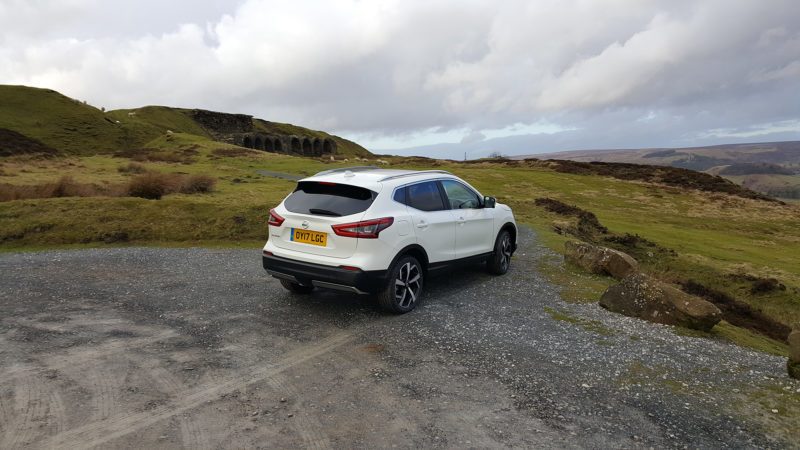
Okay, but it’s not that good to drive surely.
Yes, fine, in the grand scheme of things it’s not a great steer. You’re not going to take it on a track day (or you might; we’re not in charge of track days, do what you like), but that’s not really the point. The point of the Qashqai is that it’s as much like a really good, regular C-segment car to drive as it possibly can be, despite the extra height and weight.
With that in mind, Nissan has certainly hit its target. The Qashqai is just as good to drive as pretty much any other 1.6-liter, diesel C-segment car (and there’s a lot of them). Indeed it’s a good deal better than most – put this Qashqai head-to-head with another manufacturer’s 1.6 TDI family hatch and it’s likely you’ll walk away preferring the Nissan.
The Qashqai’s general ride quality is good, with no particular foibles or irritation on rough surfaces, bridge expansion gaps or speed bumps. It’s one of very few cars outside the stiff sports car category that doesn’t suffer from a mild rebound kick coming down from a sleeping policeman.
Dynamically it’s a match for most things of this size. Although you’d expect more body roll simply from the higher center of mass, it’s not really perceptible. There’s no sensation of the car’s inertia casting weight ponderously over to the loaded corner, it just gets on with it like a decent hatchback would. Coupled with nicely weighted steering – again, not the most accurate in the world, but at least the equal of anything without a sporty badge on it – and the Qashqai all adds up to a pleasant drive. We even got nigh-on 50mpg from it over the course of a normal week’s driving.
One minor wrinkle is the car’s pace. Again, it’s right on the mark to say it’s no different from anyone else’s 1.6-liter diesel hatchback but this particular Qashqai is about as quick as a Qashqai goes — there’s a 161hp petrol with a bit more to offer, but that’s all. In essence it’s all it needs and it’s certainly enough to hold a solid cruising speed or fashion the occasional overtake, but a 187hp diesel would be a good match especially given rival offerings.
Ultimately it’s the fact that the Qashqai is such an ordinary car to drive that makes it so good. Other approaches to this type of car are usually either soft and spongy, or firm and sporty – we can only think of two genuine rivals we’d place near or above the Nissan in all round driving manners. Even then, that may only come down to personal preference.
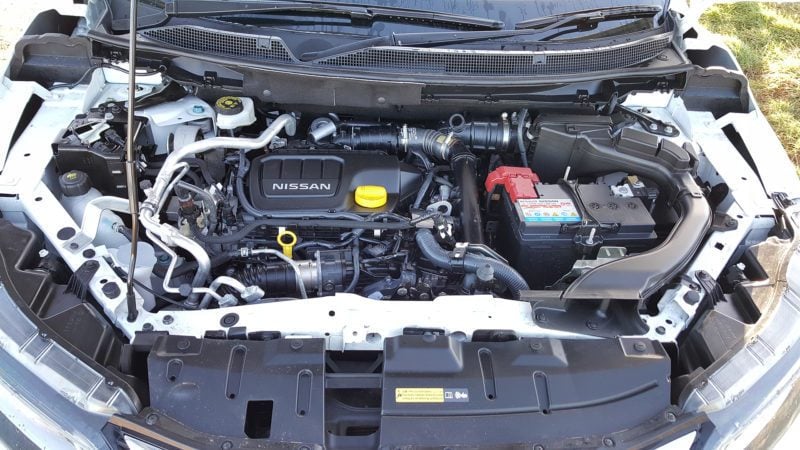
So what about this extra tech?
Although we’ve been driving around in the top-spec Tekna+, the Qashqai now has all sorts of goodies from the ground up. The entry-grade Visia might have 16-inch steelies and manual air conditioning, but it also packs in a five-inch infotainment screen with Bluetooth, cruise control, LED DRLs and heated door mirrors. That’s more of a fleet grade car than one actual customers buy, and it gets more interesting from the Acenta and upwards.
At Acenta you get auto lights and wipers, power folding mirrors, dual-zone climate control and 17-inch alloys. N-Connecta adds a smart vision pack which includes safety assists like autonomous emergency braking, lane departure warning, parking sensors and auto high beam. It also includes the upgraded seven-inch NissanConnect infotainment, with DAB and navigation, plus the cool around-view camera.
Our car is a little more heavy on the kit. Along with all of the above, plus keyless start, heated seats, heated windscreen, LED headlights and an eight-speaker audio system, we have electrically adjustable front seats (just for the driver on the regular Tekna), leather and the auto parking gizmos. In fact the only option you see in our images is the panoramic sunroof, at £450. For £32,025 all-in, it’s pretty compelling.
The interior environment is nice enough but, while premium in general feel, more aimed towards being durable and logical – it is a family car after all, and it has to survive family life. Everything is where it should be and there’s a decent feel to the switches.
A mild interior rework has resulted in some extra space all round over the previous car. It doesn’t seem like much, but if you’re regularly carrying five, they’ll thank you for it. The trunk is slighly larger than before too, and quite versatile – although a powered tailgate would help on that front, if Nissan were only to offer it.
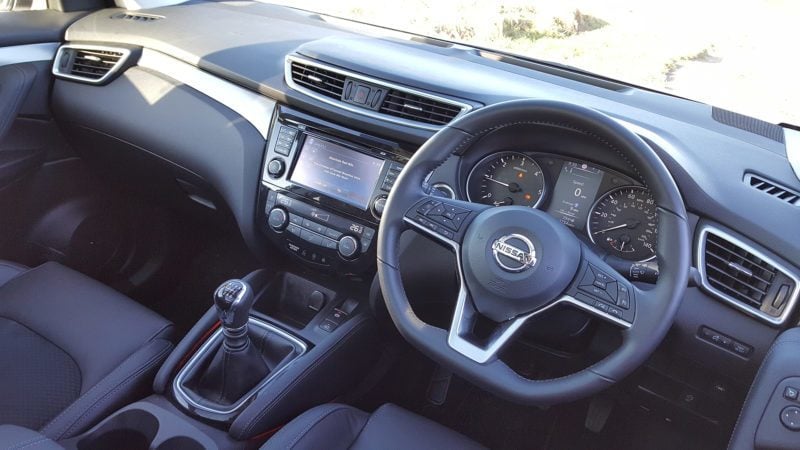
Who would buy a Qashqai?
Given that the Qashqai has the largest share of the largest section of the largest segment by sales worldwide, everyone. Or at least the average person, at any rate.
There’s not a huge amount to appeal to the car enthusiast in the Qashqai. It’s not aggressively styled, visceral or sporty, but there’s something for just about everyone else. It is, after all, just a five-seat family car. It has a mildly elevated driving position, but doesn’t drive any differently, and fits in normal parking spaces and garages.
If there was such a thing as a car for everyone, the Qashqai would be a solid contender for it.
What would they buy instead?
The Qashqai’s remarkable success means that there are a lot of rivals out there. For the most part you’ll find that almost all of them do something better – a bit more premium here, a bit cheaper there, more toys, better to drive – but it’s less common to find something as well-rounded.
For us, the Qashqai’s big rival now is the SEAT Ateca. We tested that last year and while the two cars are close everywhere, the Ateca has a slight edge in driving manners and a big advantage in performance, for only a minor trade in ride comfort and running costs. Other alternatives are the Mazda CX-5 and the Kia Sportage – and that would be a four-way group test that would keep many a reviewer awake for days.
Elsewhere, it’s a case of pick your badge. Renault’s Kadjar is a Qashqai in diguise, Hyundai has the Tucson, there’s the Ford Kuga, Peugeot 3008, Skoda Karoq, Opel/Vauxhall Grandland X, Honda CR-V, Toyota RAV-4, Mitsubishi ASX… You get the idea.
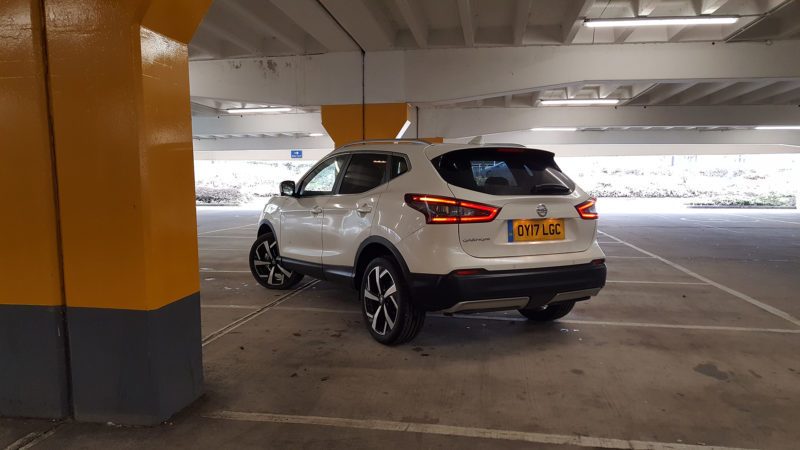
What’s the conclusion?
The Qashqai is one of those rare cars that created a sector – or at least created a viable vehicle that birthed a thousand imitations. Nissan could have sat on its laurels, but it keeps refreshing the car enough to stay ahead of most of the game. As such, it’s proved to be one of the brand’s biggest ever successes, selling by the million.
Yet at its heart it is an ordinary car. Truth be told there’s nothing entirely remarkable about it. That’s not a criticism, but a reason for its success – that a car like this can be so close to a regular car and not an uncouth tank or floppy mess of an SUV.
It no longer has the field to itself, but it’s still the benchmark for a good reason.
Verdict:
Nissan Qashqai dCi 130 2WD Tekna
Learn more about how our rating system works.
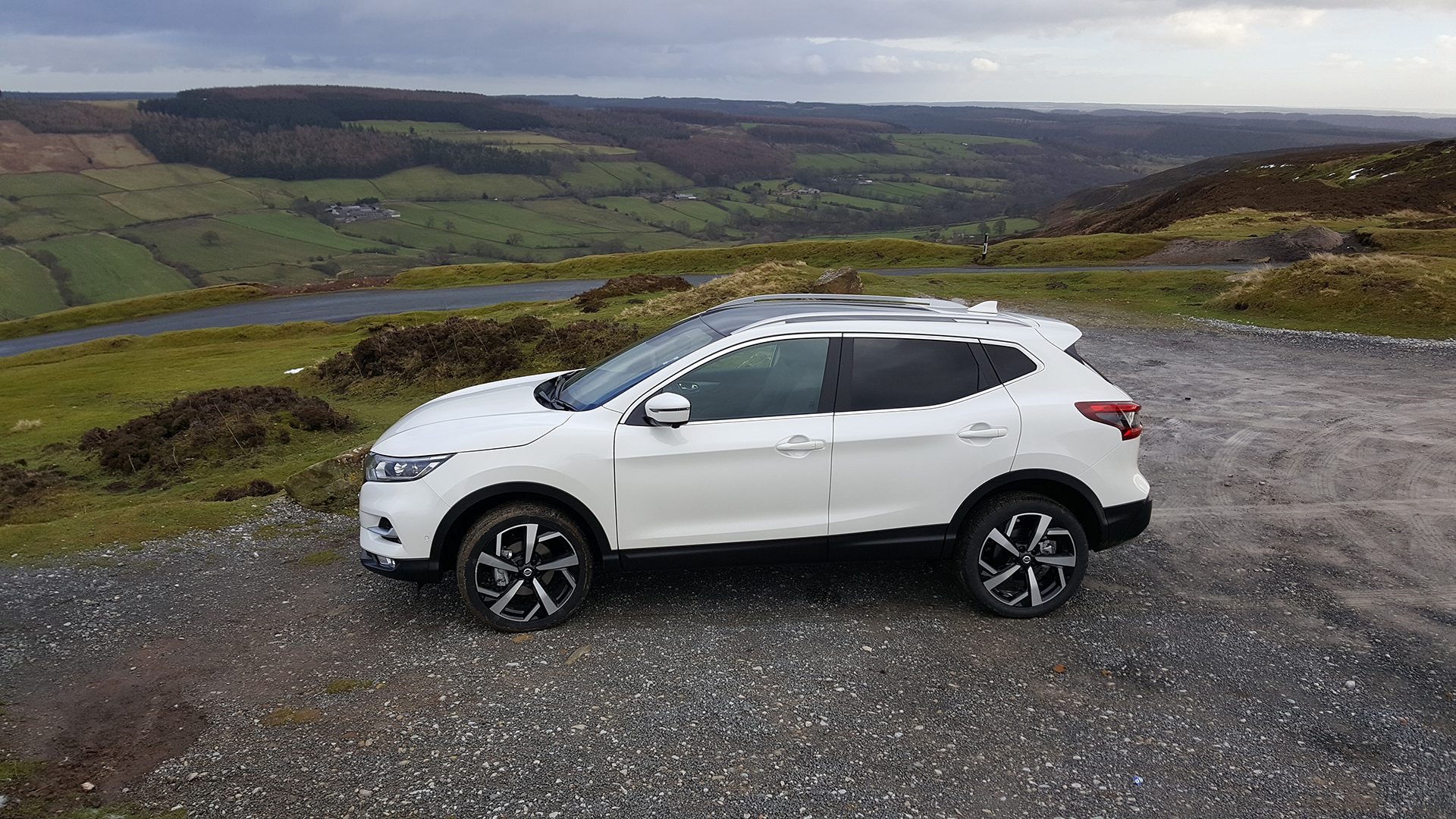
Quick Facts
See more articles on Road Test Review.
